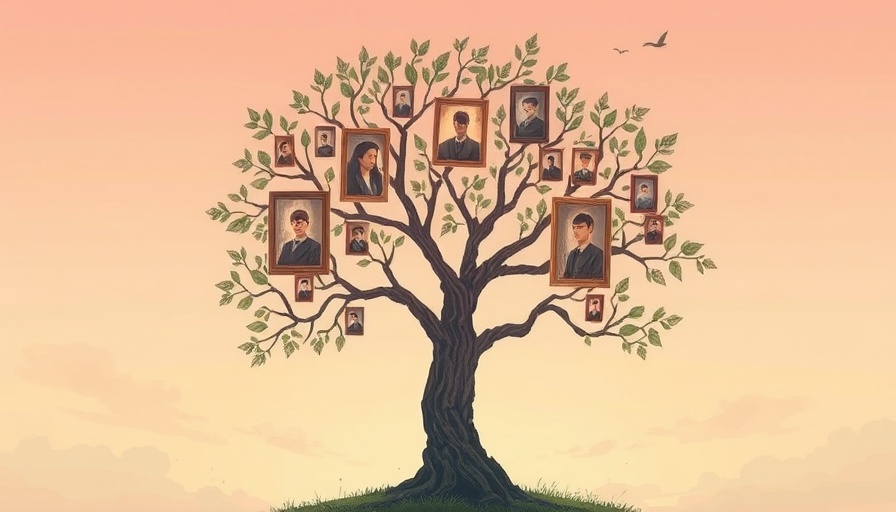
Understanding Decision Trees in AI
Decision trees are a form of machine learning algorithms that serve as a foundation for various applications in artificial intelligence (AI). For small and medium-sized businesses (SMBs), leveraging decision trees can transform the way they interpret data, enabling smarter decision-making processes. This article explores the capabilities of decision trees, especially when visualizing and interpreting images, which can be crucial for businesses looking to enhance their customer engagement through visual content.
How Decision Trees Work
At their core, decision trees operate by processing input features and producing a prediction. Each node in the tree represents a feature (or attribute), and each branch corresponds to a decision rule leading to the next node or a terminal leaf node that represents an output. Understanding this structure helps businesses analyze customer preferences, behaviors, and trends more effectively. When applied to image data, decision trees can dissect elements within pictures—recognizing patterns that assist companies in tailoring their marketing strategies based on consumer insights.
Real-World Applications for SMBs
Small and medium-sized enterprises can utilize decision trees in various areas:
- Marketing Analytics: By inputting visual advertisements into a decision tree model, businesses can identify which images resonate most with their target audience, optimizing future ad campaigns.
- Customer Support: Decision trees can structure customer inquiries based on images and feedback, streamlining responses and improving service quality.
- Product Recommendations: Analyzing visual cues in product images can provide personalized recommendations to customers, enhancing their shopping experience.
The Value of Visual Insights
Understanding consumer reactions to visual content is vital for SMBs aiming to compete against larger organizations. Harnessing the power of decision trees to analyze images allows businesses to decipher complex datasets where patterns may not be immediately clear. This capability translates to better-targeted marketing efforts, more effective promotional materials, and enhanced customer satisfaction.
Future Trends in AI Decision-Making
The evolution of decision trees is ongoing; as technology progresses, new methods such as ensemble learning which combines multiple decision trees to improve accuracy are becoming increasingly popular. For SMBs, investing in these technologies could yield significant dividends—enabling more precise predictions and tailored solutions for their markets. Moreover, as cognitive computing develops, integrating decision trees with deeper machine learning frameworks may provide even more profound insights into consumer preferences and behaviors.
Counterarguments and Diverse Perspectives
Though decision trees offer incredible advantages, some experts argue that they may oversimplify data patterns. Relying solely on decision trees could lead businesses to overlook nuanced insights present in more complex models. Diverse perspectives encourage SMBs to balance the use of decision trees with other machine learning methods—forming a hybrid approach that taps into the strengths of each while mitigating their weaknesses.
Challenges of Implementing Decision Trees
Some businesses may find it challenging to implement decision trees effectively. Common hurdles include:
- Data Quality: The effectiveness of decision trees is highly dependent on the quality of input data. Poor data quality can lead to misleading outcomes.
- Overfitting: Decision trees can become too complex if they capture noise rather than true patterns in data, which can reduce their utility.
- Training Resources: Small businesses may lack the resources or expertise to effectively train a decision tree model, necessitating specialized training or consultation.
Take Advantage of the Technology
With the digital landscape continually evolving, it is crucial for small and medium-sized businesses to stay abreast of technological advancements. By integrating decision trees into their marketing and operational strategies, they can enhance their understanding of visual content and its impact on consumer behavior. Embracing this technology could pave the way for more informed decisions, innovative customer engagement methods, and ultimately, increased business success.
Don't miss out on the opportunity to leverage AI for your business growth—explore how decision trees can be integrated into your marketing strategy today!
 Add Row
Add Row  Add
Add 



Write A Comment